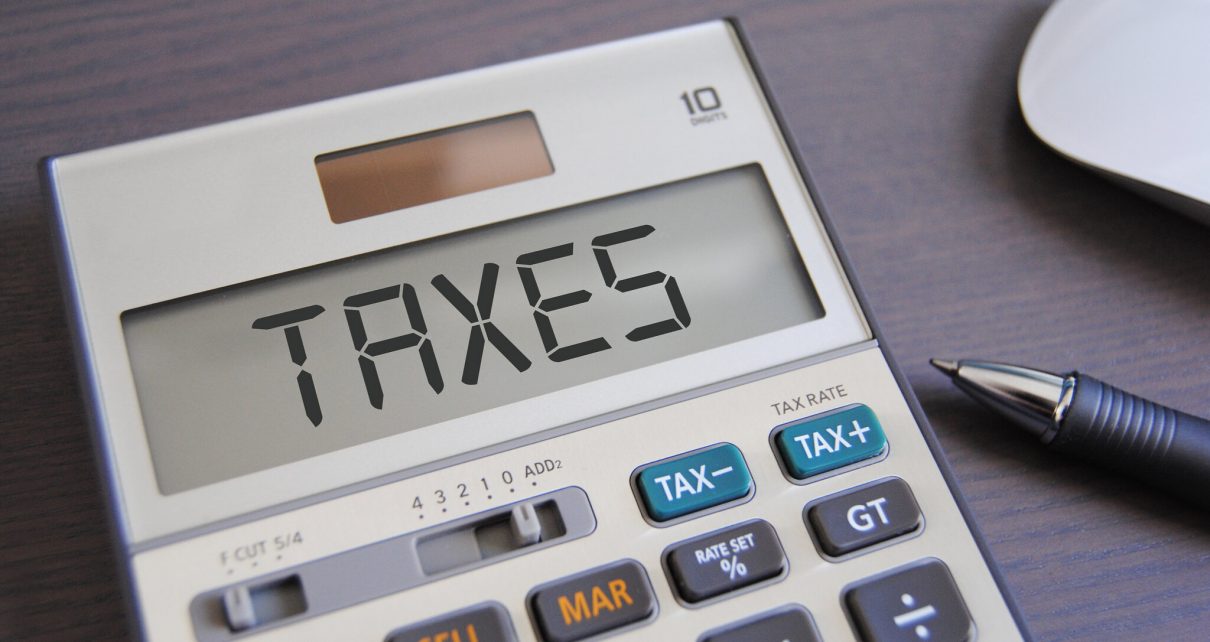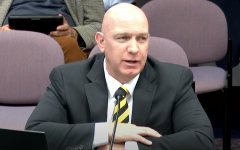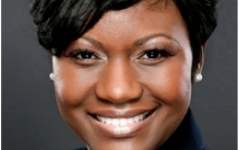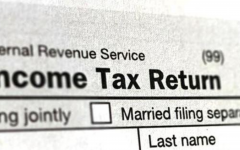
Tax Payers must prepare for a dramatic increase in property taxes if SB 96 passes. (Photo: Flickr)
SB 96 Eliminates 3 Percent Property Tax Cap
Sup. Workman: ‘NASS has been advocating for years that we sunset or get rid of the property tax cap’
By Megan Barth, March 14, 2023 1:00 pm
As reported by The Globe, the Democratic majority has proposed legislation to eliminate the property tax cap, currently at 3 percent, to a nearly- tripled 8 percent, should Democrats and Republicans pass Senate Bill 96. Currently, property taxes on homes for most Nevadans cannot be increased more than 3 percent each year. Under SB 96, property taxes would be guaranteed to increase by at least 3 percent all the way up to as much as 8 percent annually and will be heard by the Revenue and Economic Development Committee today at 1 PM.
According to the Nevada Policy Research Institute: “Among reasons the 3 percent cap was put in place years ago was to prevent individuals, particularly retirees and those on fixed incomes, from being priced out of their homes by skyrocketing property tax rates. In addition Nevada has a billion-dollar surplus and does not need to raise taxes.”
In spite of record-breaking billion dollar revenues the Silver State has been enjoying, Democrats have been vying for years to eliminate the property tax cap to fund capitol expenses for schools, development and education.
Lyon County Superintendent Wayne Workman told The Globe:
“Yes, NASS has been advocating for years that we sunset or get rid of the property tax cap. Or, it would be a step in the right direction to at least reset the cap upon the sale of existing property. If none of those options are palatable, then we would certainly welcome some type of new system or structure to make up for the devastating losses due to the property tax cap. I hope that information helps. I’ve also copied our two superintendents who are much more expert on this topic than I am if you have further questions. AJ Feuling from Carson City SD and Dr. Dave Jensen from Humboldt CSD.”
Carson City Superintendent AJ Feuling replied:
“One of the great problems we have, particularly in rural districts, is that we do not generate much from the Government Services Tax. This is the primary funding source for capital projects. For example, Carson generates about $800K per year. For districts that need to replace aging buildings or build new ones (small elementary schools are starting around $15-20 million, big high schools are $200-250 million) there is no way that can cover the cost. Many districts have a debt service tax levy that the proceeds can be used to make payments on a bond that we sell to investors (as most public entities do to fund big capital projects). The first problem is, even without the tax cap, most of our rural communities cannot generate enough funds from any debt service levy to issue/pay a bond because their tax base is too small. And that is if the community has even voted to approve a debt service levy in the first place. On top of that, if your community did vote for that levy, it then cannot push the combined property tax rates of all the municipalities in a county past the $3.66 per $100 of assessed value cap. That cap is set by NRS. However the constitutional cap is $5.00, but at some point in our history the legislature set that lower standard, which hamstrings districts even further. Then you add the fact that Nevada is the only state in the country that depreciates the taxable value of a down to 25% of its value over a 50 year period. And that does not reset on the resale of a home. It gets complicated, but at every turn, it becomes harder and harder to generate funds.
Then, when you talk about our general fund revenues, of which there is a statewide levy cap of $0.75 for schools, that is also subject to the abatement laws which takes $1.3 billion of potential revenues off the books for districts.
I’ve put the link below to the final report of the Commission on School Funding. This is geared more toward the general fund tax levy of $0.75, but starting on page 15 it will give you a sense of the headwinds we have.” (see below)
Humboldt County Superintendent Dr. David Jensen added: “Andrew did a great job of providing some explanation on this topic. I would encourage you to take a look at the document created by the commission as it will provide a wealth of information. I would note that in order to receive the GST, the district needs to carry a debt. This creates a unique situation for some districts that don’t have the ability to carry a debt and then lose out on this revenue stream that, as with Carson, is essential for Humboldt to meet our needs.”
To date, bills to build two $60 million schools have been filed by lawmakers. SB-100, sponsored by Republican Senator Pete Goicoechea (SD-19) asks for $60 million from the General fund to build an elementary school in White Pine County. According to the latest census, the population of White Pine County is 9,182. The population of residents under the age of 18 is approximately 1,800. According to a recent report, White Pine County has 10 schools which serve 1,216 students. Of those 10 schools, four are elementary schools.
A request for comment from Sen. Goicoehea went unanswered.
In their opposition statement, Keystone Corporation notes: “In short, this is an attempt to raise our property taxes during this challenging period of high inflation, high interest rates and a slow economy. As Nevadans cope with high food and gas costs, our State Government needs to be more fiscally responsible as it already has a $2 Billion budget surplus.”
Governor Joe Lombardo, during his state of the state, indicated that in a time of record revenues, there would be no need to raise taxes. In order to raise taxes, the Nevada Constitution requires a vote of 2/3 of the legislature, leaving Republican lawmakers a chance to kill the bill or pass the bill to the governor’s desk.
CSF_Recommendations_2022- Illegal Alien Identified As Wrong-Way Driver in Fatal Crash That Killed LVMPD Officer - December 23, 2024
- Senator Rosen Joins Letter Raising Concerns About Pete Hegseth’s Nomination - December 20, 2024
- NV SOS Launches Four Investigations Into 2024 Election Violations - December 20, 2024





When I look at https://www.leg.state.nv.us/nrs/NRS-361.html#NRS361Sec4722 (current law) it has the 8% noted. What changes with the bill is going from 0% to 3%. See line 37 of https://www.leg.state.nv.us/App/NELIS/REL/82nd2023/Bill/9715/Text. Stepping back, I’m not sure why the law basically says the increase rate is a or b or 0% or 8% whichever is less. Isn’t 0% usually less than 8%? Could you check the above to see if all this is correct and fix article if needed.